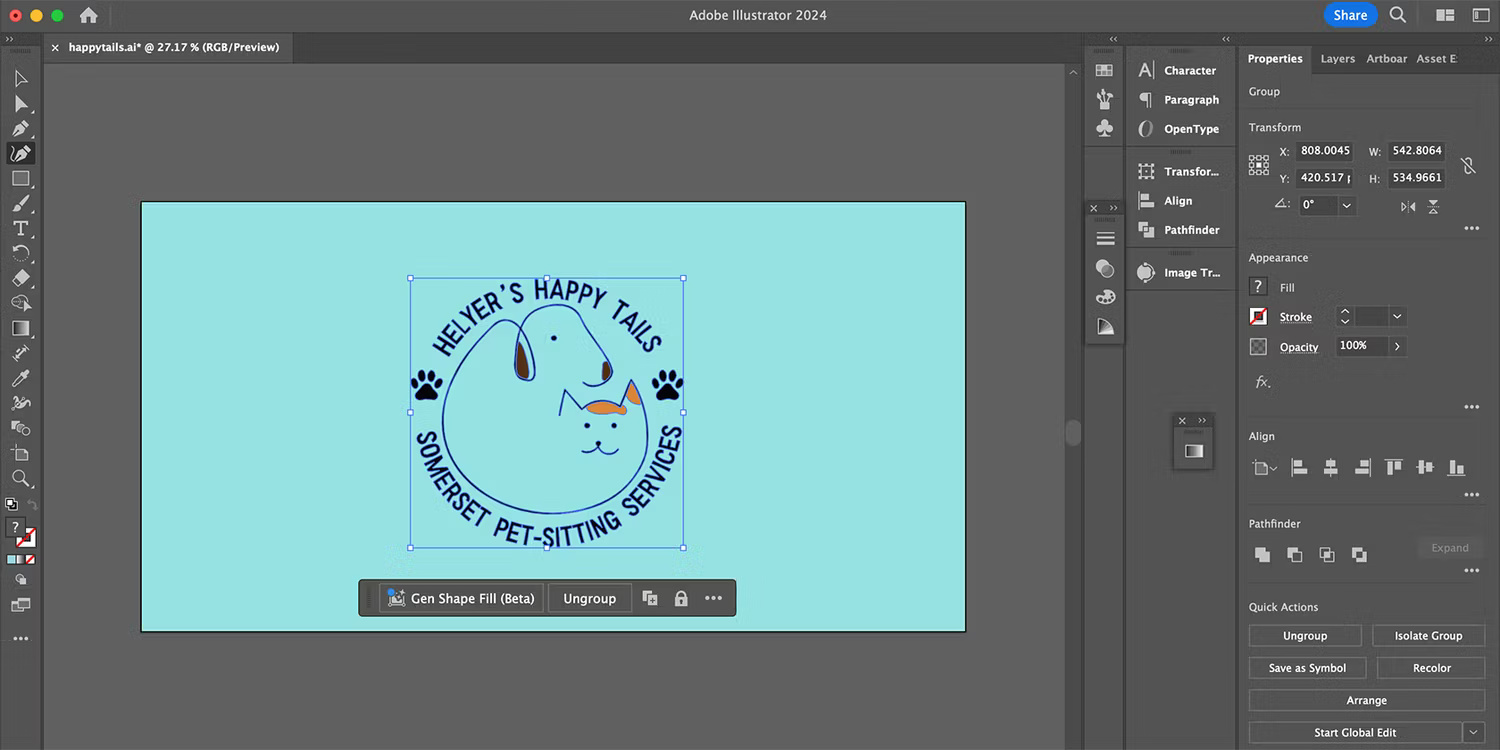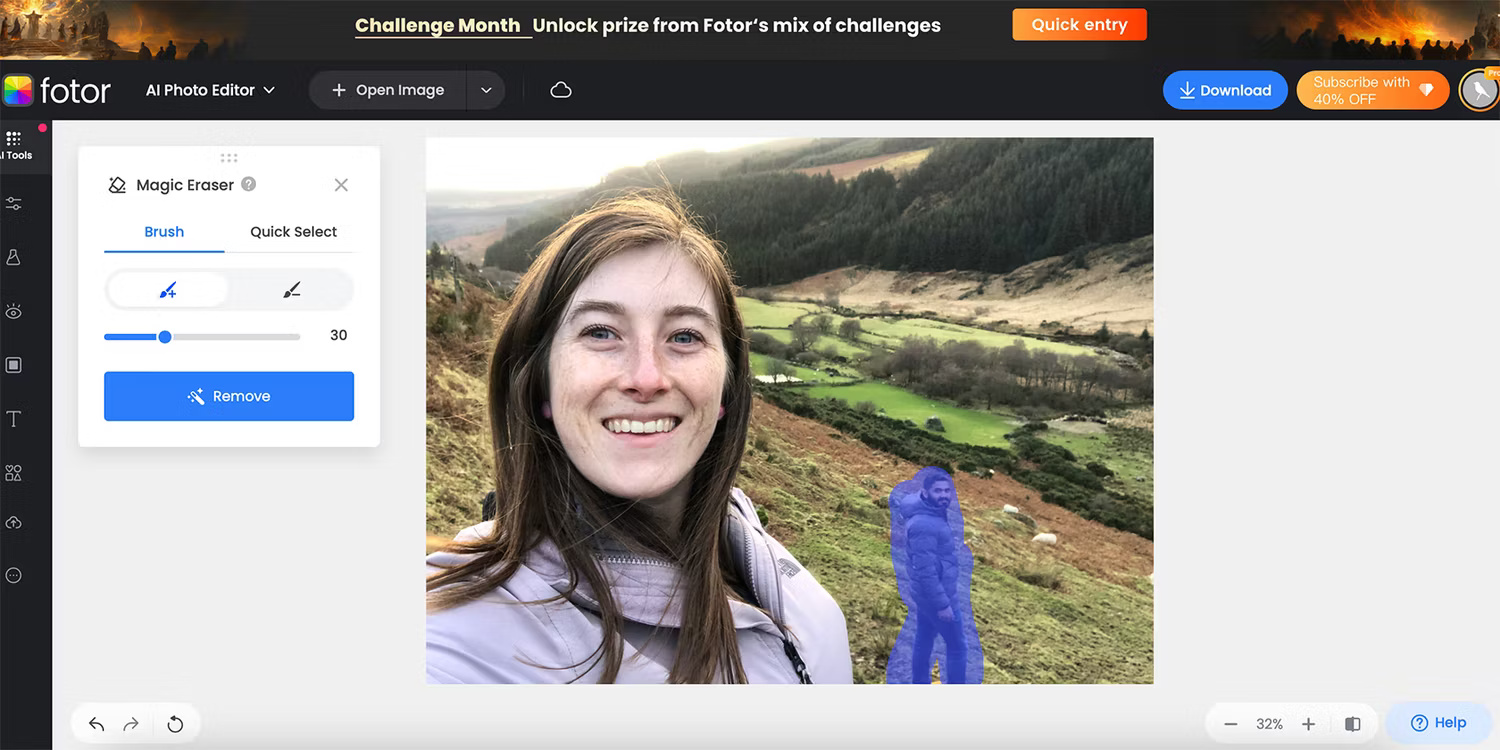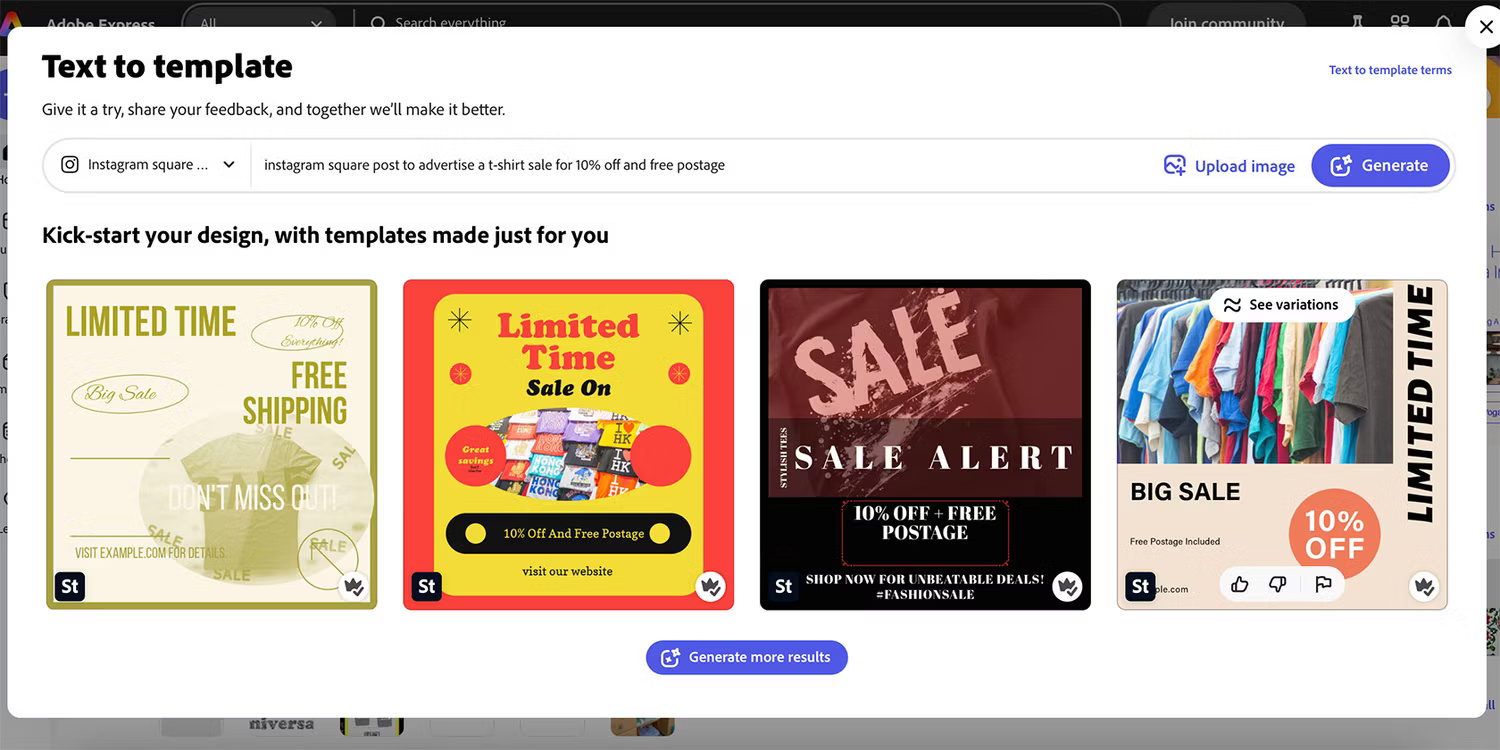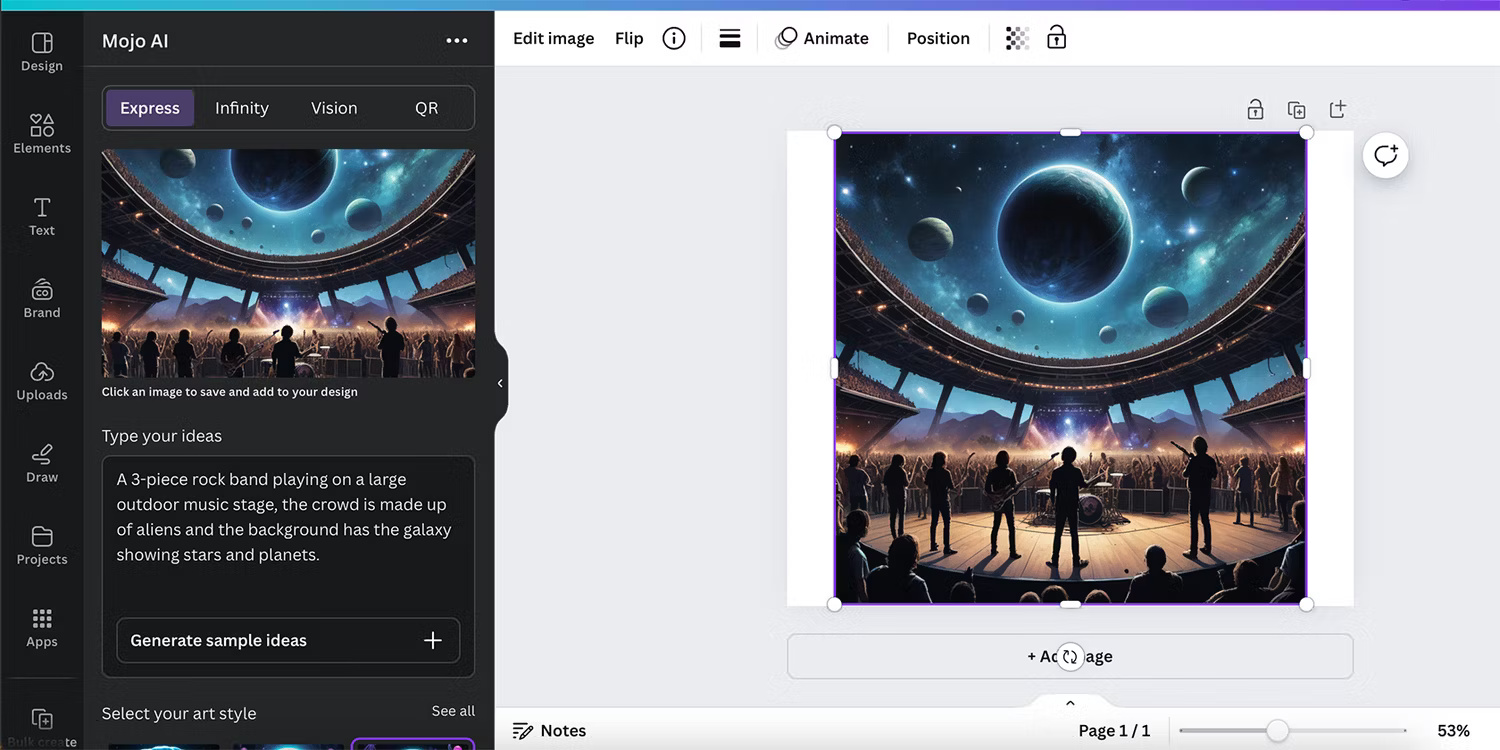Can AI tools really compete with traditional design tools?
Design tools and software have allowed people to create and edit creative images for decades without AI, so is introducing AI tools helpful?
Create logos and vectors

Using AI to design logos is a popular alternative to creating them from scratch. But even if you use the best logo design tips, AI still can't compare to traditional design tools.
With tools like Adobe Illustrator, Affinity Designer, and Coral Draw, you can create vectors for perfectly customized logos. The benefits of using traditional tools are complete flexibility, unlimited editability, and scalability.
AI vector logo generators found in programs like Kittl, Canva, and Adobe Illustrator offer interesting logo designs; however, they have a lot of drawbacks. While they are quick to create and produce decent results, they often miss details.
Logos are a key part of your brand identity and they need to be flexible for a variety of uses. AI can't replicate that flexibility. When the "vector type" generator isn't a true vector format, you lose the ability to scale and edit your logo, making it pretty much useless.
AI tools cannot be compared to traditional design tools created for creating logos and vector graphics.
Copy and replace patterns

Adobe Photoshop has had clone and texture replacement tools built into its interface for years. Longtime photo editors and designers alike have experienced the pain of carefully selecting an area, sizing the clone tool, and meticulously clicking to make ugly elements disappear as if they never existed.
These tools have been used to remove stains and blemishes, unwanted clutter or even clean up trash on floors or replace ugly clouds in an otherwise beautiful sky.
With AI, all of this hard work can often be done with just a few clicks. Programs like Luminar Neo offer AI sky replacement with picture-perfect results. Even Photoshop and Lightroom offer AI Generative Fill tools that quickly erase and patch areas that are barely recognizable or have any remnants. Fotor also has a great Magic Erase tool, and Canva's Magic Media tool is great too.
Traditional copy tools can still be used sometimes, but overall, AI wins this round.
Social media layout

Traditionally, Adobe InDesign was used to create social media layouts before Canva, Adobe Express, Kittl, or Microsoft Designer entered the scene. All of these tools offer quick ways to create layouts without using AI, including pre-made templates. While pre-made templates are more of a hybrid of traditional and AI tools, many of these software also offer tools to convert text into AI templates.
Adobe Express's text-to-template tool lets you specify the type of template you want to create — a square Instagram post — along with the information you want to display. While colors and fonts aren't specified, all elements are fully editable and easy to edit in the main editor.
Creating this layout from scratch using Adobe Express, Adobe Illustrator, or Adobe InDesign—or any of the myriad of other tools available—would take more than 10 minutes for a basic design. If you're creating a post for a specific brand, with guidelines to follow, create your social media layout using traditional tools.
Using AI when following brand guidelines is more time-consuming and frustrating, but if the design is just for fun and not for an established brand style, AI tools that convert text to templates may be a better option. For serious graphic designers, using traditional tools will provide a more streamlined experience.
Create and edit images

AI image generators are the most appealing aspect of creative AI tools. They allow you to instantly turn an idea in your head into a visual work of art. There are countless AI tools, such as Hamster AI, a free generator and creative tool, DALL-E, Midjourney, and built-in tools in Canva and Adobe for creating images.
Photoshop is often the go-to choice for image editing. While it's not necessarily the best choice for creating images from scratch, you can create some amazingly edited scenes with this software – provided you have the skills and time to do so.
Comparing Photoshop to an AI image generator is difficult. Not only do you have to consider why you are creating the image, but you also have to realize that spending hours creating an image in Photoshop can take hours (but it will be 100% customized to your liking).
AI tools can deliver incredible images in seconds, satisfying any wild imagination you may have, but you'll give up most of the customization options. The lack of thoughtful choice in the image creation process takes away much of the wow factor. Yes, the image may look amazing, amazing, or even like a masterpiece – but it lacks the imagination, creativity, and authenticity of art.
If you're creating images out of a genuine interest in art as a medium, then traditional tools will trump AI. However, AI image generators have their uses. Sometimes, you need an image that doesn't take hours to create — in those cases, AI tools are the way to go.
 What to eat when you have diarrhea?
What to eat when you have diarrhea? A student uses AI to create a nuclear reactor at home
A student uses AI to create a nuclear reactor at home 5 unnecessary smart home devices
5 unnecessary smart home devices How to blur video on CapCut
How to blur video on CapCut What is TikTok's Manage Topics feature?
What is TikTok's Manage Topics feature? Elon Musk wants people to watch X video on TV
Elon Musk wants people to watch X video on TV